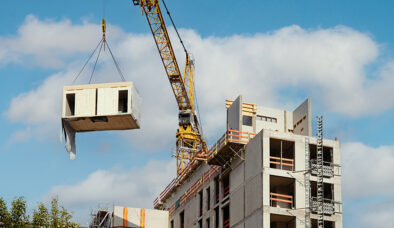When Does a Preventative Maintenance Work Order Become Retro Commissioning?
A building engineer or property owner may look at an HVAC or lighting system a work order for and decide it’s time for something new. Retro-commissioning is a cost-effective way to update building to new building standards. But when is it time?
When the Savings Potential is High
Sometimes the cost of retrofitting is outweighed by the potential savings if a system change is made. Studies have shown that the cost of retro commissioning can be anywhere from $0.13 to $2.00 a square foot. But the return can take as little as 3 months to two years.
If there was a issue in lighting or HVAC, retro commissioning may be the right choice to increase savings long term. Systems that do not have high maintenance costs may not be the best candidate for retro commissioning.
When your Property is Attempting an Environmental Designation
Certifications such as LEED or Energy Star require a certain level of energy efficiency and environmental concerns. If your property is attempting to reach or achieve certain scores for these designations, it may be time to turn those maintenance projects into retro commissions.
The newer LEED certification and Energy Star certifications place a lot of emphasis on environmental comfort and sustainability. This includes issues such as air quality, daylighting, smart lighting and water usage. If you have a system that is due for preventative maintenance but could get you a step closer to a certification, consider a retro commission instead.
When There is a Distinct Occupancy Increase or Change
Buildings change drastically from when they are built. Office reconfigurations are beginning to be more common. Retail spaces are shifting their organization. Some buildings are seeing huge occupancy upticks while some are seeing significantly less people.
If your property is seeing sustained change in occupancy or building use, consider retro commissioning elements that may help your building better adapt.
This is not just an age-based determination. Four-year-old buildings have seen retro-commissioning if the usage of their space changes drastically enough. Pay attention to the tenants needs and how they conduct themselves in the space for this determination.
When a System is Running Sub-optimally
The saying goes, “if it ain’t broke, don’t fix it.” The reverse is also true. If you identify a system that is not running at peak performance, prioritize it’s retro configuring. This isn’t to see each burnt light bulb or slow drain sink is the signal of an entire refurbishment. It does mean that if you have a water system that is consistently failing maybe it has the potential to be more efficient. Consider that it can be an environmental and economical choice to consider a retro commission.
Not every preventative maintenance measure is the signal for a larger issue. Some preventative maintenance if areas that lack major ROI like roofing or landscaping don’t have may not be areas you pay attention to for possible retro commissioning. If the are systems on your property than could make your building more efficient, it may be time for a different perspective.









